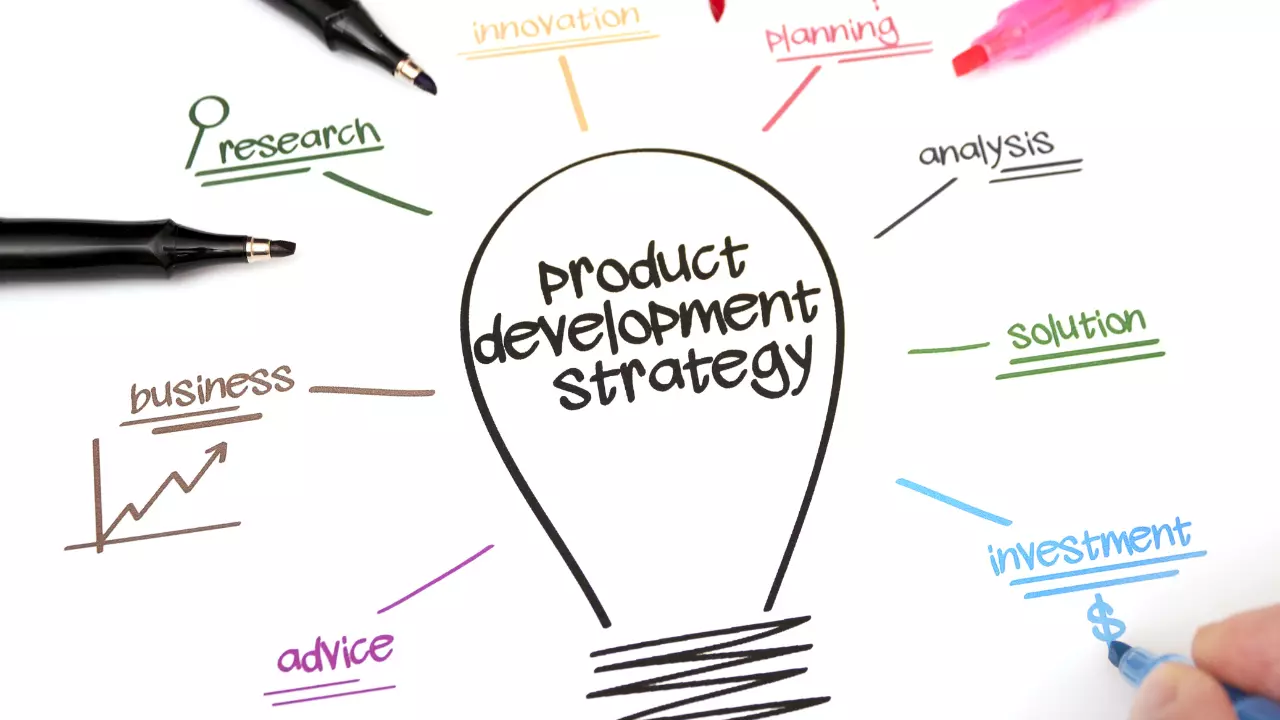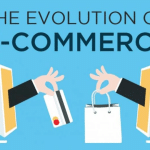- admin
- 0 Comments
- 632 Views
Architecting a Result-Oriented Product Development Strategy focused on getting results means creating and carrying out a plan that gives you the best chance of getting the desired results. Product strategy links what you want to do and how you do it. Even the best teams can fall into chaos without a well-defined product strategy that aligns with the product vision and company goals. It is because the product team is pulled in different directions, trying to meet constantly changing plans based on what stakeholders and leaders think. A good product plan helps product managers and their teams agree on what the product should do and why. This piece explains creating a result-oriented product development plan to realize your ideas.
What Is A Product Strategy?
A product strategy gives a new product its unique value, target market, and how it will achieve critical goals throughout its existence. This essential foundation, a product development strategy, connects user wants with organizational goals to show the product’s real purpose. It is the first step toward making the product vision a reality.
In the early stages, a product strategy usually goes through a few iterations as you get more feedback on the product and test the product-market fit. It must be flexible enough to adapt to changing user wants and market conditions. Once set, the plan should be a reliable point of contact that supports the company’s mission. The product strategy only changes when there are significant changes. However, the product roadmap, projects, and backlog can change whenever needed.
What Is The Importance Of A Product Strategy?
A product strategy advises on different points in the product’s lifecycle. It shows how the original idea for the product will help the company reach its overall vision. Having a clear strategy as part of your business model is helpful during the study and design phases. It is also an essential part of your marketing mix, which improves product management as a whole.
The best and most efficient ways to sell a product are:
- Do many studies on your target market
- Keep the product team on track and the same page.
- Help PMs rank features and decide where to put resources.
- Tell your potential customers what problems you solve for them.
- Talk about ways that will help you reach your work goals.
- Advise on how to improve the organization of your product management team
- Help other departments see how the offering fits their business goals.
- Point out your unique selling proposition (USP) or how you’ll set yourself apart from other players in the market.
- Convince investors and other outside parties that the product and company will work, which will get more buy-in.
The product plan also helps stakeholders understand why you’re making the product and how you’ll make it to make the most money, please the most customers, and get the most market share. Your business can make a reliable product plan that gives you an edge over the competition if you have a clear strategy. Product managers (PMs) use the product strategy to make the roadmap. However, the whole product team should use the process to make day-to-day choices about managing the backlog, deciding which features are most important, and paying off technical debt. The product plan also tells people on product design, marketing campaigns, and sales teams what to do.
Top Four Effective Result-Oriented Product Development Strategies:
Your organization’s optimal result-oriented product development strategy depends on market demand and resources. A few popular ones:
- The leader/alpha approach is about making a product at the top of the market.
- The challenger/quality approach, in which your product competes with the market leader by improving the product experience.
- Niche/focus strategy, in which you make your product fit the wants of a tiny part of the market instead of trying to take over the whole market.
- Cost strategy, in which you use the price of your offer to draw attention to your goods.
How Are A Product Strategy And A Product Vision Different?
Even though product strategy and company and product goals are closely related, it differs from product vision.
- The product vision is a broad, aspirational statement of business and product goals for the long run. It is a goal statement that will always be true.
- The product strategy starts with the product vision but adapts it to your customer, business, and organizational goals. It’s a high-level description of how the product will reach the idea.
Also check : Driving Growth Through Strategic Product Development:
Five Essential Parts Of The Best Product Plans:
There is no one approach to writing an excellent product plan. Your system should meet user, company, and market needs. But most of the time, product tactics that work are:
- Driven By Vision And Purpose:
A solid product plan explains why the product exists. How it makes a difference, for whom, and how it fits into the market provide the product with a clear purpose.
- Led By What Users Want:
User needs are at the beginning and end of all successful product plans. Strategies that work well don’t go right to give solutions. Spend some time learning about the problems that your customers problems and how you can come up with good answers that make using your product fun.
- Made By Collaboration:
The best product strategies come from talks that go on over time. Listen to as many different opinions as possible, including those of your users and as many people on your product team as possible.
- Changeable But Steady:
Especially in the beginning, as you learn more or your users’ needs change, the product plan will change independently. Great plans leave room for changes that come from learning new things all the time. But it would help if you tried only sometimes changing your product plan. Remember that this type of strategic planning is for the long run. It’s the foundation of your product team. Thus it can’t shift with every request or necessity.
- Able To Measure Essential Product, Business Outcomes:
Since the goal of the product strategy is to be transparent and efficient, most product managers put only a few numbers or measures in it. Instead, they put those in the roadmap, product plans, initiatives, and product plans.
How to Make a Good Result-Oriented Product Development Strategy in Six Steps?
- Know And Describe Your Customer Well:
Your product plan will work if you understand what users want. Know what your users do, like, require and what issues they confront.
- A Clear Goal For Your Product:
Start with your organization’s purpose. Make sure you know your company’s primary goal inside and out, and then match your product vision with the company’s vision by bringing together user, market, and business goals.
- The Thing That Makes Your Offering Stand Out.
Product differentiation is a vital part of a product plan that works. This step helps you figure out how your product will stand out and fight on the market in terms of:
- Ease of use
- Goodness
- Cost
- Narrow focus
- Adaptability
- What it is
Do a SWOT and competition analysis to learn more about the situation and determine where your product will fit. Then, use what you’ve learned to shape your plan.
- Work With The Different Parties:
Get members of the product team and executives involved in the beginning and development of the plan. It helps you see your company’s needs and concerns, strengthening your product strategy. Engaging different organizational stakeholders helps them support your product development process and business plan from the start.
- Test And Change:
Testing, changing, and improving your product is essential at the beginning of a plan. As soon as possible, get general feedback from users on your product ideas and use it to improve the program. Determine user behavior and unmet needs after generating an MVP.
- Make A Plan For How To Do It:
It’s time to put the strategy into motion once you’ve defined it based on the product vision, user needs, market differentiators, stakeholder input, and feedback.
Also check: Building a Profitable Online Store
Pros and Cons of the Result-Oriented Product Development Strategy:
The product development plan includes pros and cons. Look at both sides:
Pros:
- Differentiation:Making new products provides you with a market edge.
- Market Capture:Knowing what customers want and need lets you produce products that appeal to them and gain market share.
- Customer loyalty:Making high-quality products that solve real problems builds trust and encourages long-term commitment.
Cons:
- Making new products needs time, money, and skill.
- Doubt in the market:New products often need more market certainty.
- Pressure from competitors:Competitors can quickly copy or beat your product, so you must keep coming up with new ideas to stay ahead.
Remember that a result-oriented product development strategy focused on getting results is ongoing. By constantly changing your method based on data, feedback, and market information, you can make your products more likely to succeed.


